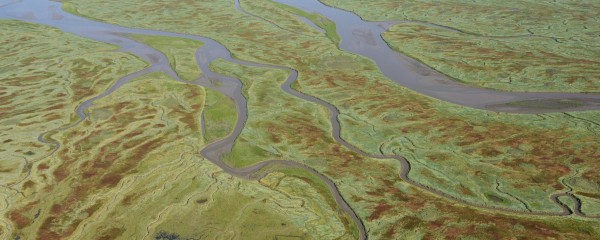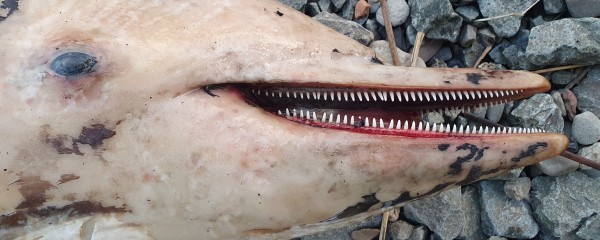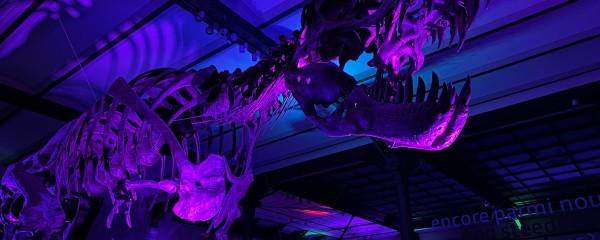Two primitive mammals that lived at the end of the dinosaur era

Palaeontologists from the Royal Belgian Institute of Natural Sciences have described two primitive mammals from the Upper Cretaceous that lived about 70 million years ago. One was excavated in Inner Mongolia, the other in Romania. Both belong to the multituberculates, a highly successful mammalian group that survived several mass extinctions, but became extinct 35 million years ago.

The most beautiful and best preserved of the two specimens originates from the Gobi Desert of Inner Mongolia. It includes a complete skull with teeth and the entire left forelimb. The fossil was excavated in 1999 during a Belgian-Chinese expedition in the Bayan Mandahu Formation. This small mammal, with a 2.6 cm long skull, had rodent-like teeth, was an omnivore and probably moved 'hopping' like a jerboa. But despite their similarities, these mammals are not the ancestors of today's rodents. They arose from a different group.
The study by Thierry Smith (RBINS) and colleagues shows that this specimen belongs to the genus Kryptobaatar. The specimen shows strong similarities with two known species of Kryptobaatar, but also differences. The results suggest that there was much more variation in morphology among the multituberculate species than among modern mammal (placental) species.
Such high variation is often attributed to isolation: many populations are cut off from others by natural barriers and thus evolve away from each other. But the study shows that isolation cannot have been the sole driver of the great variation within Kryptobaatar species in the Gobi Basin.
In the early 2000s, a Belgian-Romanian team in western Romania - in the Sânpetru Formation - excavated many fossils of early mammals. A skull with associated teeth from the Nălaţ-Vad site has just been described and unambiguously belongs to a new species. It was named Kogaionon radulescui. The shape of the teeth is rather simple and shows great similarities to more primitive Multituberculates from Asia (Eobaatar-like). They may have spread from Asia to Europe already in the Lower Cretaceous.
At the time of the dinosaurs

Kryptobataar and Kogaionon belong to the multituberculates, a successful group of primitive mammals. The name refers to the many tubercles or cusps on the molars. This group originated in the Jurassic era and has existed for no less than 120 million years. Multituberculates crawled around among the dinosaurs for about 90 million years. At the site in Inner Mongolia, for example, our palaeontologists found Protoceratops, Pinacosaurus and Velociraptor. On the excavation site in Romania, they found Paludititan and Zalmoxes (an Iguanodon-like dinosaur).
Unlike the dinosaurs, the multituberculates survived the mass extinction at the end of the Cretaceous period, 65 million years ago. They also survived the great climatic warming ten million years later, which gave rise to modern mammals (horses, cats, apes, …). But 35 million years ago, the multituberculates disappeared from the scene.
The two studies were published in Cretaceous Research and Journal of Mammalian Evolution respectively.



